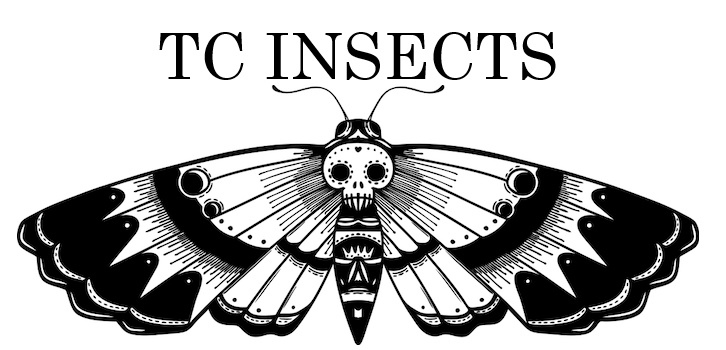Trichoniscus pusillus “common pygmy woodlouse”
This species is one of the species often Circulated as “Dwarf Purple” we noticed that this locale tends to spend more time on cork bark and wood than our other “Dwarf Purples” Which tend to be subterranean
Trichoniscus Pusillus Care Sheet
1. Habitat and Enclosure:
- Substrate: Provide a mix of leaf litter, rotting wood, and peat moss. These woodlice love to burrow and hide.
- Moisture: Keep the substrate damp but not waterlogged. A spray bottle can help maintain humidity.
- Container: Use a well-ventilated container with a secure lid. Plastic or glass containers work well.
2. Temperature and Humidity:
- Temperature: Maintain a temperature range of 18°C to 24°C (64°F to 75°F).
- Humidity: Aim for 70% to 80% relative humidity. Mist the enclosure as needed.
3. Feeding:
- Diet: Trichoniscus pusillus are detritivores, feeding on decaying organic matter. Offer a variety of foods:
- Leaf litter
- Decomposing wood
- Vegetables (e.g., carrots, zucchini)
- Protein sources (e.g., fish flakes, crushed dog food)
4. Lighting and Photoperiod:
- These woodlice are nocturnal, so provide low light levels.
- Maintain a natural day-night cycle with 12 hours of darkness.
5. Breeding and Reproduction:
- Trichoniscus pusillus reproduce through direct development (no larval stage).
- Provide hiding spots like cork bark or small caves for pregnant females.
- Keep multiple individuals together to encourage breeding.
6. Observation and Enrichment:
- Observe your colony regularly. Note behaviors, molting, and population changes.
- Add leaf litter, bark, and hiding places for enrichment.
- Trichoniscus pusillus care
- Common pygmy woodlouse care
- Woodlouse habitat
- Isopod enclosure setup
- Detritivore diet









Reviews
There are no reviews yet.